What do Dracula, The Castle of Otranto, Frankenstein, The Monk, Jane Eyre, The Mysteries of Udolpho, and The Picture of Dorian Gray all have in common, aside from sounding like the obscure required reading list from a college literature course?
Technically, if you answered that all the book titles listed above sound like a college course’s reading list you are correct, but that’s not the only trait these book share. With Halloween just a few days away, I would be remiss to not talk about some very spooky stories and what makes them so. These aren’t any type of scary stories, however; you’ll find no Stephen King or Cabin in the Woods-type tales. These classic novels all scream Gothic.
Gothic novels – and no, the characters are not clad in black, or angstily listening to Bauhaus – represent a pretty substantial period of literature. Throughout college, my specialty in Victorian literature often intersected with the Gothic genre and it was hard to not be captivated by the many scintillating tales of terror.
Think of this list as a little crash course in Gothic literature. Impress your friends at your upcoming Halloween party (you know, if discussing centuries old classic literature is your thing) with your newfound knowledge of the sensational and Romantic elements of a Gothic novel. Or you could always just create a new Goodreads shelf and bookmark your favorite Gothic works, old and new.
Gothic literature can be traced back to Horace Walpole’s The Castle of Otranto written in 1764. The exaggerated style of the Romance literary movement explored the dark and horrific themes of the period, creating a suspenseful tale of the sublime and macabre. The story became so popular that imitations caught on and up sprung other Gothic tales. The popularity of these novels led to the creation of a genre of Gothic fiction, inspired by the settings of Gothic revival architecture and ruins that often served as settings for these tales of horror, including Matthew Lewis’ controversial The Monk, to contributions from Romantic poets and authors, such as Mary Shelley’s Frankenstein and Polidori’s The Vampyre.
By the Victorian era, Gothic literature was being reinterpreted by folks like Edgar Allan Poe, who incorporated themes of ruin and decay into The Fall of the House of Usher. The Brontës drew upon a Gothic atmosphere to create a sense of supernatural foreboding and madness upon the moor in Jane Eyre and Wuthering Heights. In this period, a new branch of the Gothic emerges as well – one with an urban twist that reflects the changing social climate and what some would consider a social “decay” that paralleled the ruin seen in earlier works.
Elements of Gothic Literature
It’s not terribly tricky to spot a piece of Gothic fiction. As a genre so popular and long dominated by the Romantics, elements of the genre stick out pretty sorely. If you notice one or more of the following, you probably have a Gothic novel on your hands.
- Castles. Yep, you heard correctly – castles. More generally speaking, the setting plays a major role in Gothic literature, from the sprawling labyrinthine ruins of castles, to secret trapdoors and underground cavernous mazes that invoke a sense of entrapment. The more lost you can get, the better.
- The atmosphere is one of mystery and suspense. Environmental factors like stormy weather and bleak landscapes help to establish an eerie mood that heighten the hidden secrets and threats the protagonist must face.
- The supernatural and sublime play a major role. Ghosts, moving paintings, or suits of armor come to life, just to name a few. There may be a rational explanation for some of the supernatural beings in Gothic fiction, but sometimes the reason is simply that the event is otherworldly.
- Prepare for the “damsel in distress” trope, because Gothic novels lay it on heavily. The virginal maiden is threatened by the tyranny of men, oppressed, alone, abandoned, fainting, running, screaming, sobbing, etc.
- The Gothic genre is never short on prophecies and omens. Some secret or ancient prophecy sets the stage for events to come and adds an air of mystery and more secrets to the story.
- The Castle of Otranto by Horace Walpole
- The Mysteries of Udolpho by Ann Radcliffe
- The Monk by Matthew Lewis
- Northanger Abbey by Jane Austen (a parody of the genre)
- Jane Eyre by Charlotte Brontë
- Vathek by William Beckford
- Wuthering Heights by Emily Brontë
- The Strange Case of Dr. Jekyll and Mr. Hyde by Robert Louis Stevenson
- The Picture of Dorian Gray by Oscar Wilde
- The Rime of the Ancient Mariner by Samuel Taylor Coleridge
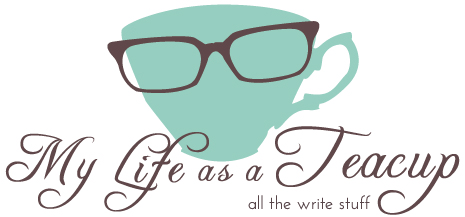
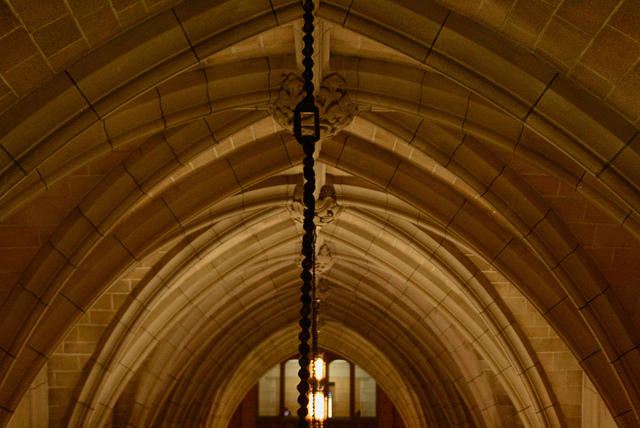
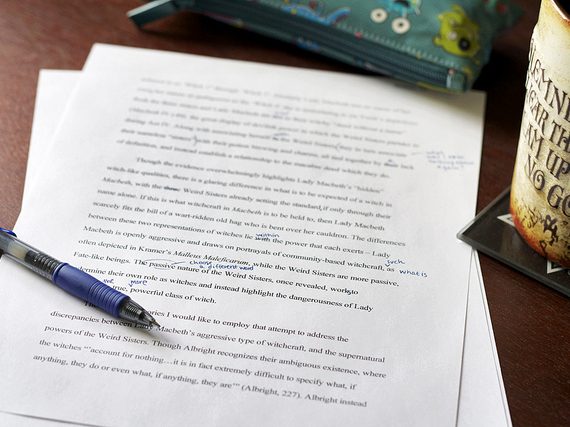
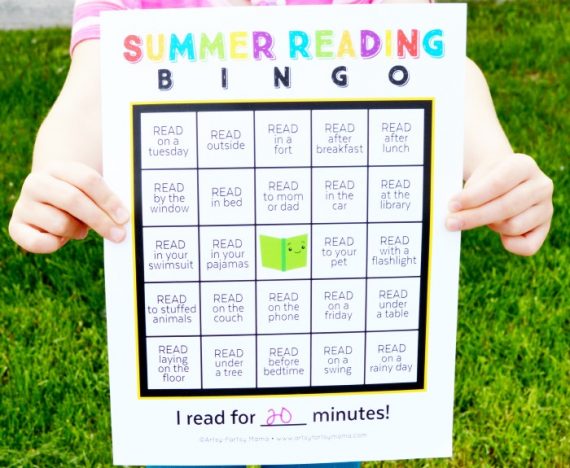

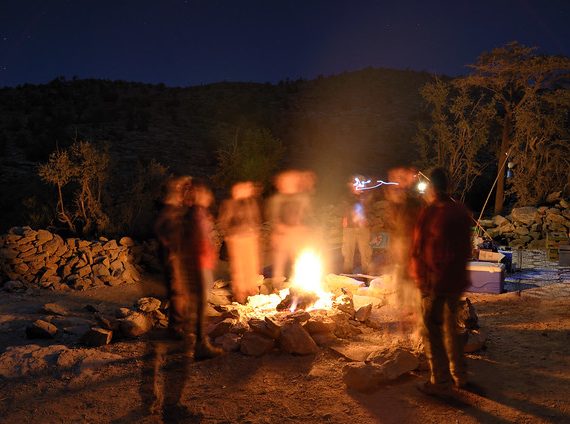
Comments are closed.